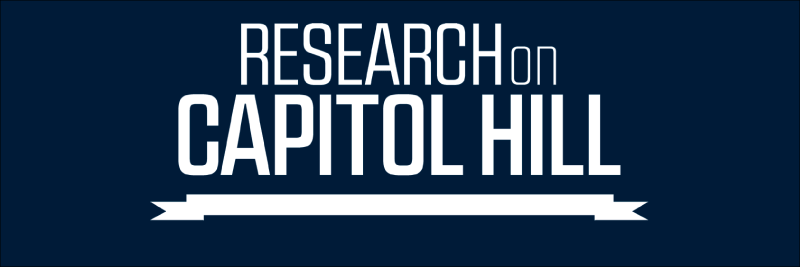College
College of Engineering
Department
Mechanical and Aerospace Engineering Department
Faculty Mentor
Andreas Wesemann
Abstract
The optimization of a drone propeller’s acoustic signature can play an important role in the Department of Defense, observation of nature, commercial operations, and marine propulsion.
The aim of this research is to optimize the acoustic signature of propellers by isolating and modifying specific propeller characteristics. Propeller variations being researched in this project include:
- Leading-edge serrations: break up incoming fluid and evenly disperse it along airfoil
- Trailing-edge serrations: minimize vortex occurrences along the trailing edge of airfoil
- Airfoil ribs: force fluid through tangential channels along airfoil
- Winglets: disrupt turbulence and vortices at the tips of the propeller
Successful drone propeller designs are those that minimize their acoustic signatures while maintaining or improving thrust performance.
Document Type
Poster
Publication Date
3-5-2019
Recommended Citation
Wright, Glen, "Developing Silent Unmanned Aerial Vehicles" (2019). Research on Capitol Hill. Paper 118.
https://digitalcommons.usu.edu/roch/118


